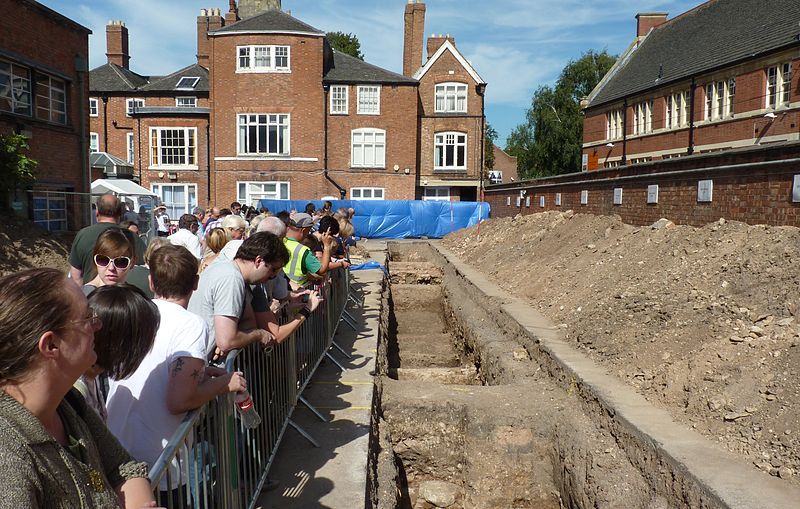The Call Blog Hop: ‘The Call’
/
This is Part Two of the Seymour Agency blog blitz on ‘The Call’. If you missed Part One on life before ‘The Call’, you can find it here; today’s post is all about ‘The Call’ itself from Nicole Resciniti.
Do you remember the date you got the call from your agent?
Our official call was December 29, 2010.
What did you do to prepare for the call?
Nic asked to see the first few chapters of the revision she’d requested earlier in the month to see how it was going. It was a very reasonable request in my opinion, since she was going to be offering without seeing the entire revision because there simply wasn’t time for us to complete it. She felt the manuscript still needed some work (and it did! I know that in spades now…), but needed to see that we had not only writing skills, but revision skills as well.

If you didn't get the stereotypical call then how did your agent offer representation? What was your reaction while on the phone?
It definitely wasn’t the stereotypical out-of-the-blue call because just before Christmas, I’d received an email from another agent who I’d queried and who had requested the full manuscript before I ever found Nic. She requested a phone call, so we booked that call for December 28th, and she offered representation at that time. I really liked her and she seemed very good, but I just wasn’t getting the same vibe from her that I was getting from Nic. I asked this agent for a week to make up my mind (because I wasn’t sure how quickly I could contact Nic during the holidays) and immediately sent Nic an email letting her know what was going on. I heard back from her in less than twenty minutes and we set a time the next morning to make our call. She said in her email that she still wanted to represent our manuscript, so when she offered officially the next day, I was already prepared for the good news.
What was your reaction/thoughts when you got off the phone?
I knew we’d found the right agent. I was taking lead on finding us an agent, but Ann was in the loop every step of the way, even from 1,600 miles away. I called her after talking to the first agent, and I called her again after talking to Nic, and she commented that I sounded much more excited about Nic. And I was. I knew it was the right fit for us and that Nic’s science background could only help (on her very first read through, Nic corrected us on an aspect of marine science, one of her specialties. To me, this was a very good sign). I had the Seymour Agency contract in my inbox shortly after noon that day and we’ve never looked back.
On Friday, we’ll look at life after ‘The Call’…
And now, an exciting announcement from Ann and I. We received an extra special Christmas Eve surprise when a box of Advanced Reading Copies (ARCs) arrived at my door.
So we’re doing our first giveaway for a copy of DEAD, WITHOUT A STONE TO TELL IT, which won’t officially release until this May. If you live in North America, be sure to enter the Rafflecopter giveaway below for your chance to win. You have until 11:59p.m. on Sunday, January 13th, 2013 to enter and then we’ll announce the winner in our regularly scheduled blog post on Tuesday, January 15th. Good luck!
(Helpful hint - to enter the draw by tweeting about it, simply select that option. Click the 'Tweet' button, and then click 'I tweeted!' to enter. Also, for some entry options, you can enter daily.)
Photo credit: The Seymour Agency































 12.1%
12.1%